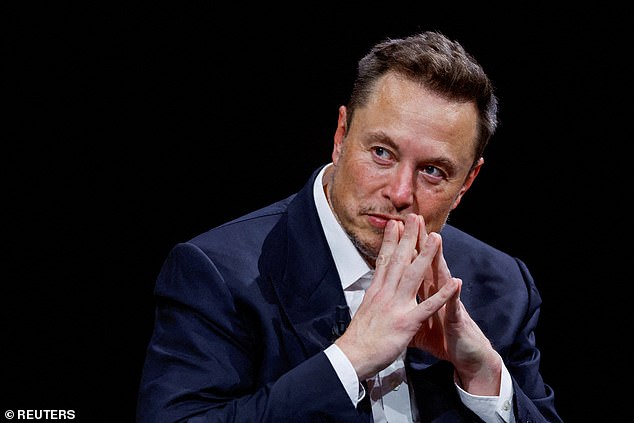The Mind-Machine Race: Musk vs. Altman

The Battle for the Future of Human-Machine Symbiosis
The competition between billionaires has often been marked by extravagant investments, from space exploration to social media dominance. However, the latest frontier in this high-stakes rivalry is even more ambitious: connecting human minds directly with artificial intelligence (AI). Two of the most influential figures in the tech world—Elon Musk and Sam Altman—are now leading the charge in a race to develop brain-computer interfaces (BCIs), devices that could revolutionize how humans interact with technology.
Musk, the CEO of Tesla and xAI, and Altman, the head of OpenAI, are both pushing their respective companies to pioneer this groundbreaking technology. Once close collaborators, the two have since become fierce rivals, each aiming to be the first to unlock the full potential of BCIs.
A Shift in Focus: From AI to Brain-Computer Interfaces
While both men have long been vocal advocates for AI, their current focus has shifted toward BCIs. These devices enable users to control computers or other machines using only their thoughts, by interpreting the electrical signals generated in the brain. Advocates argue that BCIs could offer life-changing benefits, particularly for individuals with disabilities, allowing them to regain independence through remote control of computers, prosthetics, or mobility aids.
Musk’s Neuralink, widely regarded as a leader in BCI research, has already begun testing its brain implants on human patients in the United States and has plans for trials in the UK. Meanwhile, Altman is reportedly backing a new startup called Merge Labs, which aims to develop faster and more advanced BCI technology by leveraging recent advancements in AI.
A History of Collaboration and Conflict
The relationship between Musk and Altman was once one of mutual respect and collaboration. They co-founded OpenAI in 2015, with Musk providing significant financial support. However, their partnership ended in 2018 when Musk abruptly left the board following a power struggle over the company's direction. Since then, the two have engaged in a public feud, with Musk even filing a lawsuit against OpenAI, accusing it of misrepresenting its mission and transitioning into a for-profit entity.
This rivalry has now extended into the field of BCIs, with both men seeking to shape the future of human-machine interaction. Musk’s Neuralink continues to make headlines, having recently implanted its first human patient with a brain chip. Noland Arbaugh, who was paralyzed from the neck down, regained the ability to control a computer, enabling him to perform tasks like writing, playing chess, and even gaming.
The Race for Innovation
Neuralink’s technology involves a small, coin-sized chip containing 1,000 electrodes, arranged into 128 thin threads. These threads are inserted into the brain using a robotic surgeon developed by the company. The device, known as the N1, records neural activity and uses AI to translate these signals into actionable commands.
The company has expanded its human trials, with six additional participants in the U.S., and is now preparing for its first European study in the UK. Neuralink recently secured $650 million in funding, giving it a valuation of $9 billion.
In contrast, details about Merge Labs remain scarce. Altman is expected to play a strategic role in the company, but he will not be involved in day-to-day operations. The firm is reportedly seeking $250 million in initial funding, with much of the capital expected to come from OpenAI’s ventures arm, resulting in a valuation of $850 million.
A Shared Vision for the Future
Despite their rivalry, both Musk and Altman share a similar vision for the future of human-machine integration. Musk has spoken about his goal of creating a “general population device” that would allow humans to achieve symbiosis with AI. He has also warned that merging with computers may be necessary to prevent super-intelligent AI from becoming uncontrollable.
Altman, in a 2017 blog post titled The Merge, outlined his belief that humans and machines could eventually become one, either through direct neural connections or through deep integration with AI systems. He described the merge as the best-case scenario for humanity’s evolution, suggesting that either humans could serve as a biological foundation for digital intelligence or they could find a way to integrate successfully with AI.
As the race to connect the human brain with AI intensifies, the implications for society, medicine, and technology are profound. Whether through Neuralink, Merge Labs, or other emerging startups, the next decade may witness one of the most transformative developments in human history.

Comments
Post a Comment